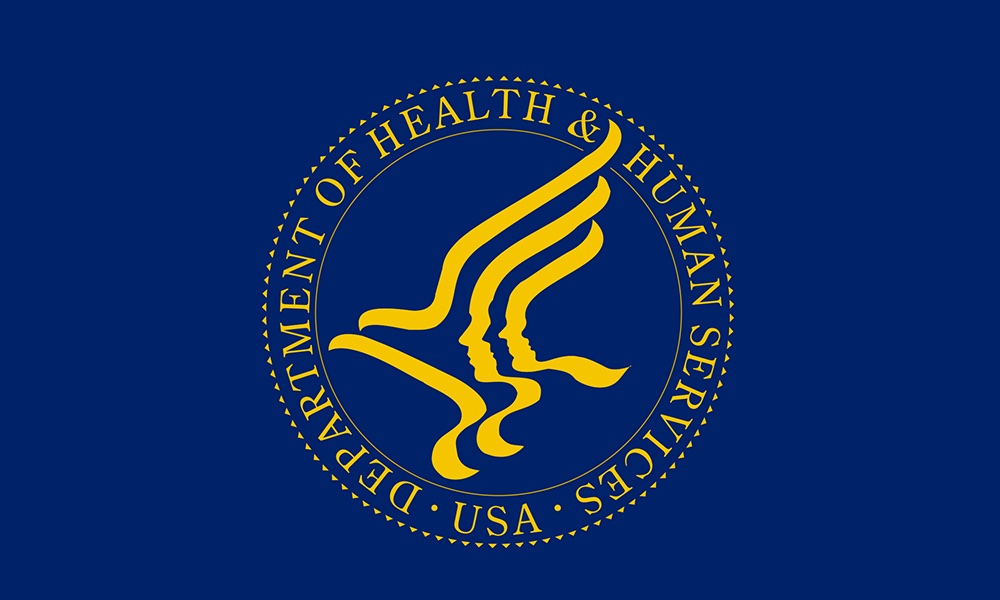A new study finds that prenatal exposure to a common pesticide may lead to cognitive problems that follow kids into their grade school years. The good news is that the pesticide, chlorpyrifos, is now banned by the EPA for residential use. The bad news is that it’s still used in agriculture.
The researchers did not find a "safe" exposure level, meaning that even kids with the lowest levels still showed a decrease in cognitive performance.
The researchers followed 265 New York City children who were born prior to the 2001 ban of the pesticide, which was one of the most widely used compounds in residential settings. They took samples of the children’s umbilical cords at the time of birth and were able to link chlorpyrifos levels to deficits in cognitive performance years later, at age 7.
Specifically, kids who had exposure levels in the top 25% had IQ scores that were 2.7 points lower, on average, than kids with exposure in the lowest 25%. Children in the top 25% also scored 5.5% lower on tests of working memory than kids in the lowest exposure group. The researchers did not find a "safe" exposure level, meaning that even kids with the lowest levels still showed a decrease in cognitive performance.
Luckily, blood levels of chlorpyrifos and measurements of air samples from indoor spaces have decreased dramatically since the ban. The concern, however, is that the chemical is still used as a pesticide in agriculture. For this reason, it will be important to track levels of people who work in agriculture, particularly pregnant women, and try to determine what, if any, level is safe for use in the agricultural setting.
The research was carried out by a team at Columbia Center for Children’s Environmental Health (CCCEH) at Columbia University and published in the April 21, 2011 online edition of Environmental Health Perspectives.




